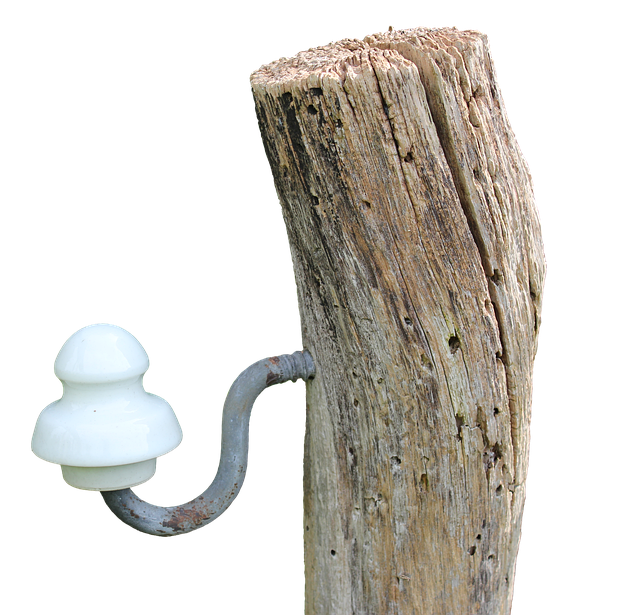In New Bedford, a well-maintained fence not only enhances outdoor aesthetics but also provides security and privacy. However, understanding common issues like rot, damage from severe weather, or the need for repairs is crucial for homeowners. This article guides you through the process of repairing and installing fences in New Bedford, focusing on choosing the right material for your property’s unique needs. We’ll walk you through a step-by-step installation process and offer essential maintenance tips to ensure longevity and beauty for years to come.
- Understanding Common Fence Issues in New Bedford
- Choosing the Right Fence for Your Property
- Installation Process: Step-by-Step Guide
- Maintenance Tips for Longevity and Beauty
Understanding Common Fence Issues in New Bedford
In New Bedford, like many areas, fences often face various issues due to environmental factors, age, and misuse. One common problem is rot, particularly in wooden fences, which can be exacerbated by moisture and weather fluctuations. This not only weakens structural integrity but also compromises the fence’s aesthetic appeal. Another frequent issue is damaged or missing boards, which can allow for easy access into yards and homes, posing security risks. Additionally, improper installation can lead to uneven or unstable fences, creating tripping hazards and unsightly appearances. Understanding these common problems is the first step in effective fence maintenance and repair.
Choosing the Right Fence for Your Property
When considering fence repair or installation, selecting the right type for your property is a crucial first step. The ideal fence should not only enhance your outdoor space’s aesthetic appeal but also serve its intended purpose – whether it’s providing privacy, security, or defining property lines. Factors to consider include your property’s layout, local climate conditions, and personal style preferences.
For instance, if you’re seeking both durability and visual appeal, wood fences offer a range of styles from traditional picket fences to more ornate designs. On the other hand, vinyl fences are low-maintenance options suitable for properties prone to harsh weather or those who prefer a uniform, modern look. Additionally, privacy fences made from materials like wrought iron or chain link offer security while allowing natural light penetration, catering to homes with limited outdoor spaces.
Installation Process: Step-by-Step Guide
The installation process for a new fence begins with measuring and marking the perimeter of your desired fencing area. This step is crucial as it ensures precise cutting and fitting of posts, rails, and panels. Once marked, dig holes for the fence posts using a post-hole digger. The depth of these holes should align with your local building codes but generally, they should be around 3/4th the height of the post.
After inserting and securing the posts, attach horizontal rails to them, creating a frame. Then, fit the fencing panels between the rails, ensuring they are level and secure. This involves sliding them into place and fastening them with brackets or nails. Finally, add a top rail and cap to complete the installation, providing both aesthetic finish and structural integrity.
Maintenance Tips for Longevity and Beauty
Regular maintenance is key to ensuring your new fence remains both functional and aesthetically pleasing over time. Start by cleaning your fence at least once a year, using a soft brush or garden hose to remove any dirt, debris, or algae buildup. This simple step goes a long way in preserving the appearance of your fence.
Additionally, inspect your fence regularly for any signs of damage, such as loose or broken boards, rusted posts, or cracked rails. Addressing these issues promptly will prevent them from escalating and causing structural problems. Consider applying a fresh coat of paint or sealant every few years to protect the wood, enhance its natural beauty, and prolong its lifespan.
